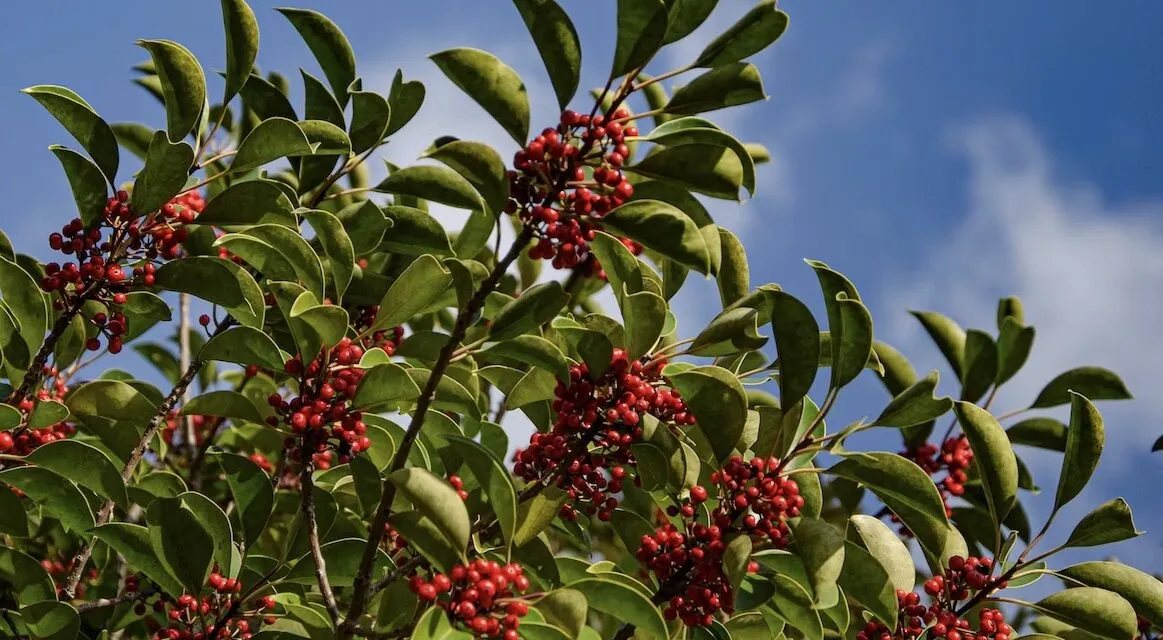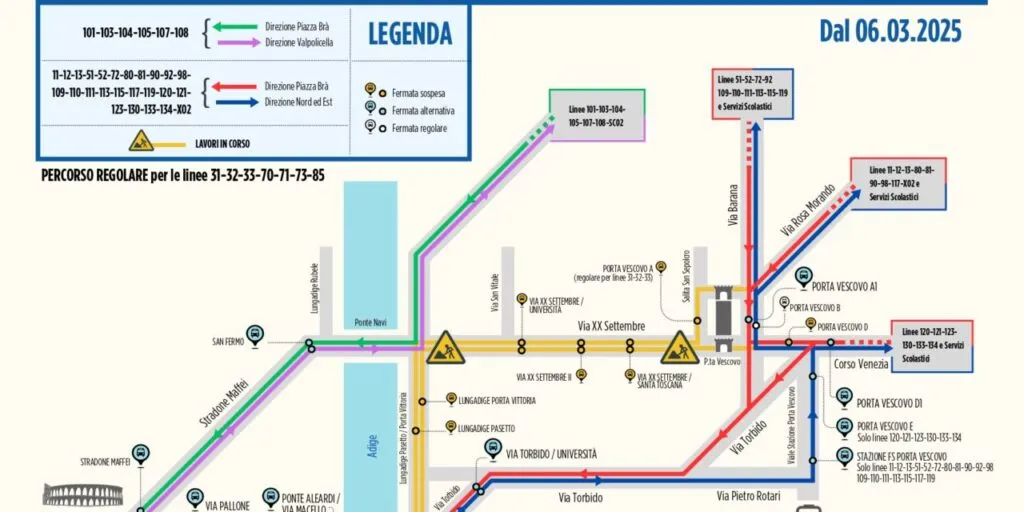A brand to represent a cherry that encompasses an entire territory. The red gem cultivated in the hilly area surrounding the province of Verona now has a new identity. It was unveiled yesterday during an event organized by Coldiretti Verona at the Mercato Coperto in Galleria Filippini.
The packaging, which will now be used by agricultural companies, cooperatives, and retailers that have signed the participation agreement, prominently features the colors red and green against a white background. “Our goal – said Giorgio Girardi – was to give a distinctive identity to a product that stands out from the rest, continuing a journey that began with the Verona Apple”.
The brand features two stylized cherries that replace the letter “o” in the words “Ciliegia della Colline Veronesi” (Cherry of the Veronese Hills).
The geographical area covered by the brand includes the 54 municipalities in the Veronese hilly region, where there are 1,800 mostly small-scale farms dedicated to cherry cultivation.
According to data from Avepa, reworked by Coldiretti, the cherry sector in the Verona area experienced a negative trend in the first two decades of the century. However, there has been a moderate recovery since 2020. The cherry-growing area decreased from 2,123 hectares in 2000 to 1,949 in 2019 (-8%), but then rose to 1,955 in 2022 (+0.35%).
The average production in the last five years has been significant, with 152,000 tons, and there has been an increase in production during the ripening period of medium-late varieties (58% of the total production) such as Durone and Mora di Cazzano. Almost all harvested cherries are destined for immediate consumption, either sold directly on the farm or through markets, generating an annual production value of nearly 30 million euros. Only a small portion is sent to the processing industry.
25% of the producing farms are organized into cooperatives that handle technical assistance and sales. Commercialization is managed by four markets in the area: Illasi, Negrar, San Pietro in Cariano, and Montecchia di Crosara. The latter, which receives the entire production from the Alpone valley (representing 24% of the total production area in 2022), is the only market with storage facilities and sorting machines. The markets handle 31% of the production, generating a turnover of approximately 9 million euros. 54% is controlled by traders, accounting for around 15 million euros of the market, while the remainder is represented by direct sales. 60% of the cherries are sold to supermarkets and greengrocers in the Veneto region, 33% to other regions, and 7% are exported.
“The economic impact of the sector – commented Coldiretti Verona’s President Alex Vantini – is significant considering the relatively limited area involved. With the new brand, we expect the Cherry of the Veronese Hills to increase its planting area by 10% by 2030 and an additional 7% by 2040, becoming one of the top national productions. However, such significant growth must correspond to adequate economic satisfaction for the producers.” Vantini concluded, “Our focus now is on obtaining the IGP (Protected Geographical Indication) recognition. The new brand is just the beginning of a lengthy and challenging process that, beyond technical aspects, requires a commitment from the entire political sphere.”














